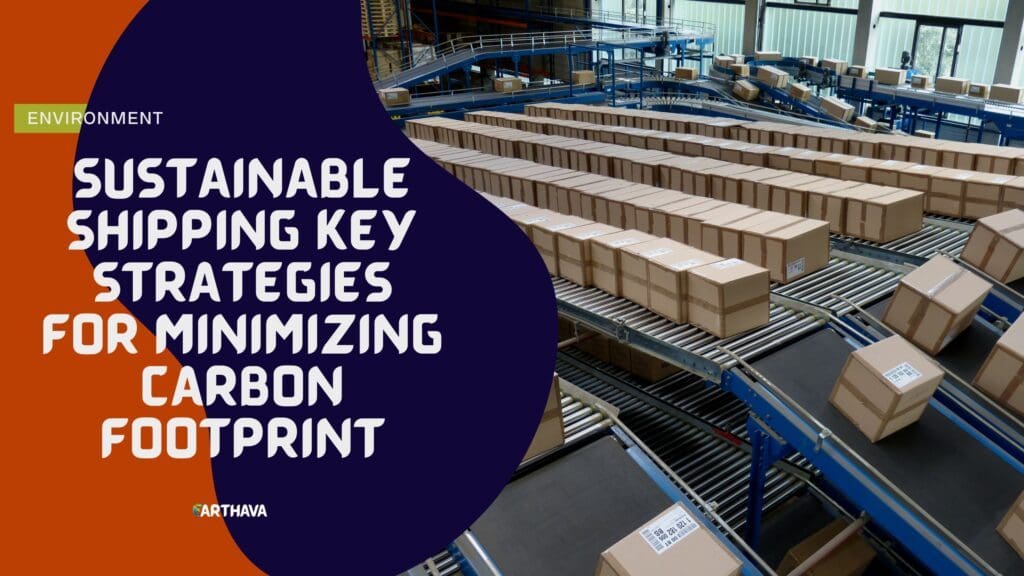In recent years, sustainability has risen in importance both for consumers and as a topic within businesses as they reassess their missions and values. If you’re looking for ways to make your business more sustainable, shipping is a great place to start.

Shipping accounts for up to 3% of global emissions and 10% of transport emissions – which is about the same as aviation. It’s safe to say that greener shipping practices could greatly impact the planet’s health. While green shipping is a large part of practicing environmentalism, it must go hand in hand with your company’s overall commitment to consistent sustainability.
There are a few things to consider when approaching the subject of sustainable shipping that can help you move your company from standard practices to a greener future.
Remember Your Sizing
Whether you’re shipping in bulk or shipping individual orders, sustainability is all about cutting back on excess and avoiding waste. When you include excess material or ship things in boxes too big for their contents, what you’re really doing is wasting materials and resources. It’s important to assess the size of whatever item you’re shipping and tailor your materials to its size rather than shipping it in a box or packaging too large for it.
Find Eco-Friendly Filler
The filler is one of the most wasteful packaging materials in the shipping process. Being mindful of the filler you use could save you money and reduce your carbon footprint. If you’re shipping things inappropriately sized boxes, your need for filler will already be reduced.
Things like styrofoam and packing peanuts are unhealthy for the earth, as they can’t be recycled and usually end up in landfills. Plastic bags and wrappings are also harmful to the environment, unnecessary, and don’t provide much protection or padding. However, using recycled paper such as old magazines and newspapers can be a great solution for your space-filling and product protection needs.
Find Recycled Packaging
If you’re looking to go the extra mile, knowing the difference between recyclable materials and recycled materials is important, especially in shipping and packaging. Recycled packaging means that not only is the material capable of being recycled, but it already has. Simply using recyclable materials doesn’t ensure much about what will happen to those materials once that package has reached its destination, but using recycled material ensures that you’re continuing the cycle.
Ship in Bulk When Possible
If your company offers wholesale or ships large orders often, shipping in bulk can cut back on a lot of waste. From filler to carbon emissions, so many facets of the shipping process can be cut down simply by shipping larger quantities at once. To encourage this, you can incentivize bulk orders and larger wholesale orders by offering things like discounts or reduced shipping costs, which could help your business as well as the environment.
Arrange a Pickup
Since delivery trucks are often already en route during the day, it could save fuel to have them come directly to you to pick up orders rather than making a trip to the post office yourself. This is especially applicable to small businesses that might take multiple trips a week for a few orders or packages. You can schedule a pickup with USPS for free, and they’ll come right to you. This can save your business time and money in addition to reducing your carbon footprint.
While you can’t expect your company to be perfect overnight, taking steps towards sustainability is admirable and necessary. To contribute to a greener planet and show your customers that you’re committed to the cause, going green can’t just be about your products, it also has to be about how you transport them. All you have to do is get started, and once you find your groove, there’s no stopping you!


